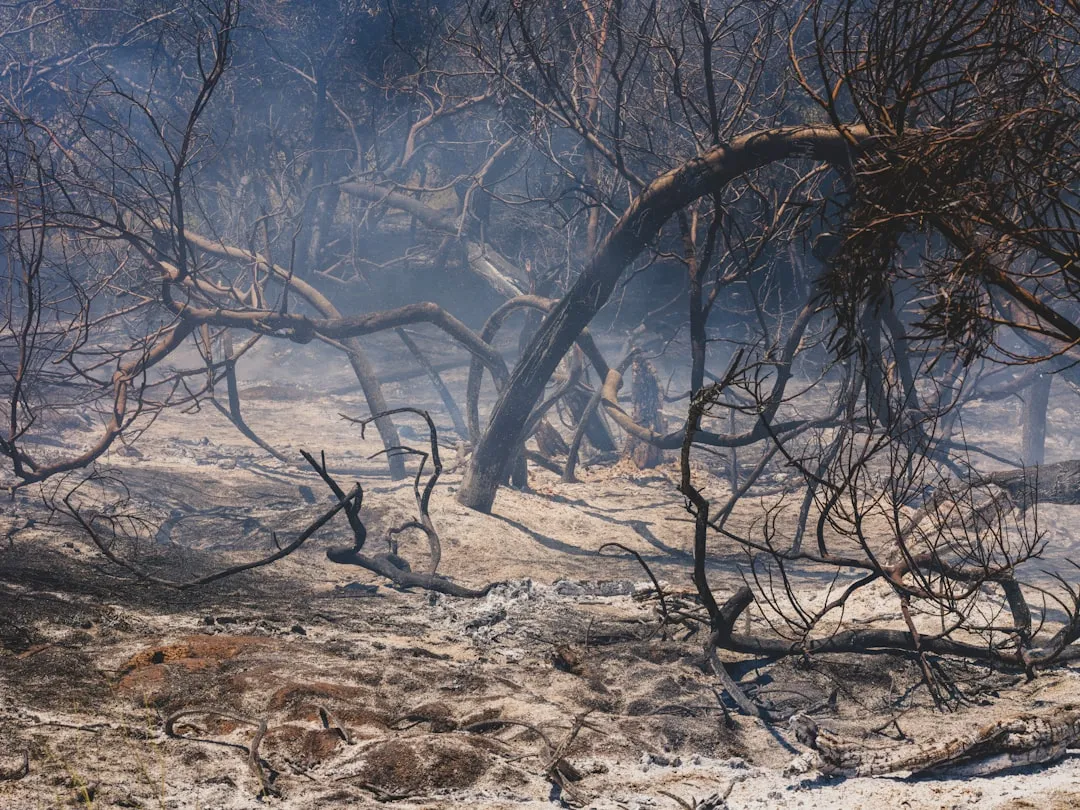Unveiling the Secrets of Japanese Kerria Growth and Care

Japanese kerria, a charming and versatile shrub, can add a touch of elegance to any garden. In this article, we will explore the ins and outs of growing and caring for Japanese kerria, from planting to pruning.
1. Introduction to Japanese Kerria
Japanese kerria (Kerria japonica) is a deciduous shrub native to Japan, China, and Korea. It is known for its bright yellow, rose - like flowers that bloom in spring. The shrub has arching branches and light - green, serrated leaves, creating an attractive overall appearance. It typically grows to a height of 3 - 6 feet and spreads about the same width, making it suitable for various garden settings.
2. Choosing the Right Location for Planting
When it comes to planting Japanese kerria, location is key. This shrub prefers partial shade to full sun. In areas with hot summers, partial shade can protect the plant from excessive heat and prevent the leaves from scorching. However, it can also tolerate full sun as long as it receives enough moisture. The soil should be well - drained, fertile, and slightly acidic to neutral. Before planting, it is advisable to amend the soil with organic matter such as compost or well - rotted manure. This will improve the soil structure, drainage, and nutrient content, providing a good foundation for the plant's growth.
3. Planting Japanese Kerria
Planting Japanese kerria is a relatively straightforward process. First, dig a hole that is twice as wide and just as deep as the root ball of the plant. Gently remove the plant from its container and loosen the roots slightly. Place the plant in the hole, making sure that the top of the root ball is level with the surrounding soil. Backfill the hole with soil, firming it gently around the base of the plant. Water the newly planted shrub thoroughly to settle the soil and eliminate any air pockets. It is also a good idea to apply a layer of mulch around the base of the plant to help retain moisture and suppress weeds.
4. Watering and Fertilizing
Japanese kerria requires regular watering, especially during the first growing season to establish a strong root system. Keep the soil consistently moist but not waterlogged. Once the plant is established, it can tolerate some drought, but it will perform best with regular watering, especially during dry spells. As for fertilizing, apply a balanced, slow - release fertilizer in early spring. This will provide the necessary nutrients for healthy growth and abundant flowering. Avoid over - fertilizing, as this can lead to excessive foliage growth at the expense of flowers.
5. Pruning Japanese Kerria
Pruning is an important part of Japanese kerria care. After the plant has finished flowering in spring, it is a good time to prune. Remove any dead, damaged, or diseased branches. You can also thin out the shrub by cutting back some of the older branches to the ground. This will encourage new growth and keep the plant looking tidy. If you want to control the size of the shrub, you can also prune it more severely, but be careful not to remove more than one - third of the plant at a time. Pruning in late summer or fall should be avoided, as this can remove the flower buds that form for the next year's bloom.
6. Dealing with Pests and Diseases
Japanese kerria is generally a pest - and disease - resistant plant. However, it can be susceptible to some common garden pests such as aphids and spider mites. If you notice an infestation, you can use an insecticidal soap or neem oil to control the pests. As for diseases, fungal diseases can occur in humid conditions. To prevent fungal problems, make sure the plant has good air circulation and avoid overhead watering. If a fungal disease does develop, you can use a fungicide according to the manufacturer's instructions.
7. Propagation of Japanese Kerria
There are several ways to propagate Japanese kerria. One common method is by taking softwood cuttings in early summer. Select a healthy, non - flowering stem and cut a 4 - 6 - inch section. Remove the lower leaves and dip the cut end in rooting hormone. Plant the cutting in a pot filled with a well - draining potting mix and keep it moist and in a warm, shaded area until roots develop. Another method is by division. In early spring or fall, carefully dig up the shrub and divide the root ball into smaller sections. Replant the divisions in suitable locations and water them well.
In conclusion, growing and caring for Japanese kerria can be a rewarding experience. By following these tips on planting, watering, pruning, and dealing with potential problems, you can enjoy the beauty of this lovely shrub in your garden for years to come.